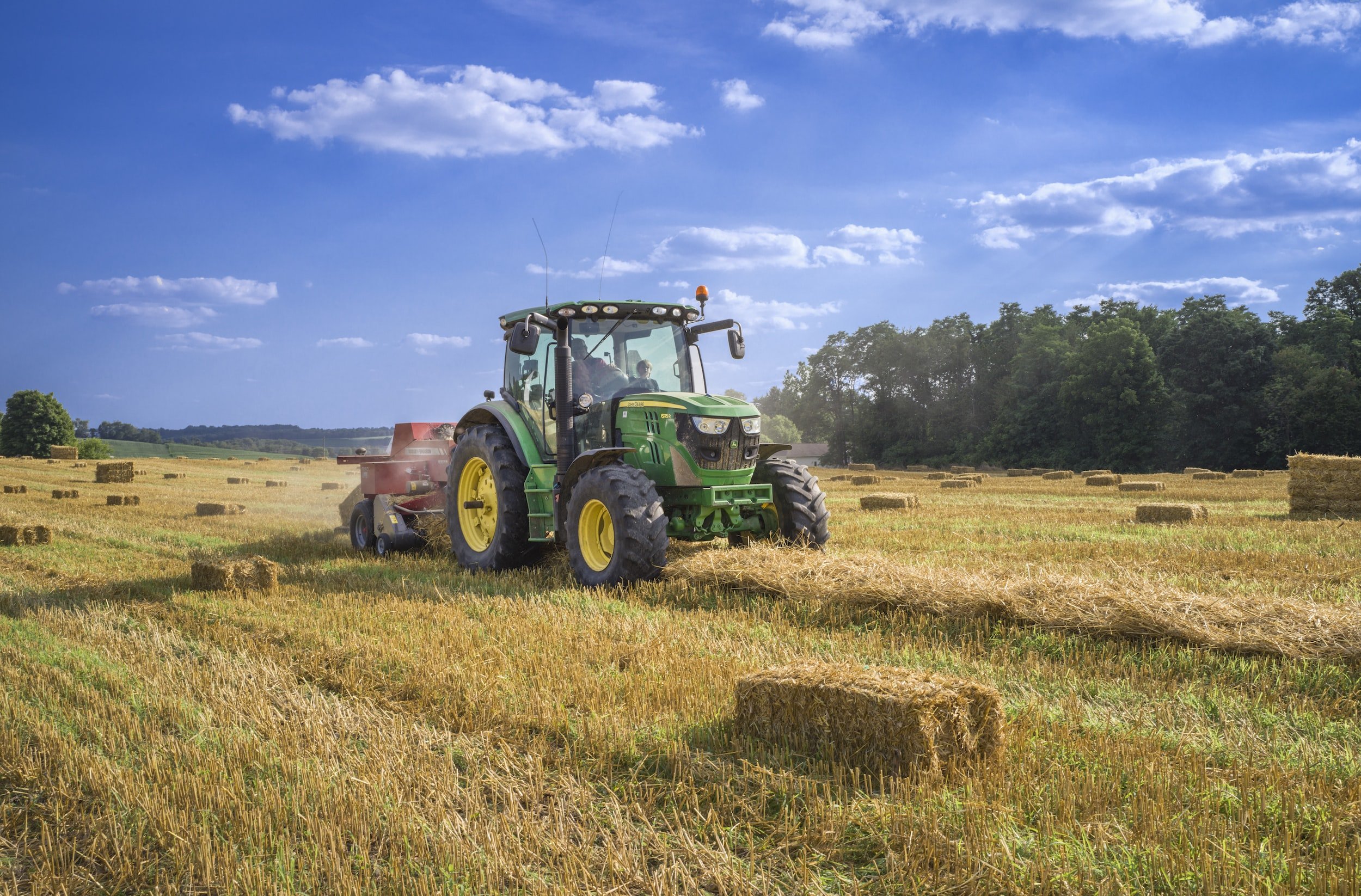6 Foolproof Steps to Turning Your Farm Into a Business
6 Foolproof Steps to Turning Your Farm Into a Business
Homesteaders have a unique opportunity to turn their farms into successful businesses. Being able to produce fresh, locally-sourced food is in higher demand than ever, and many people are looking for ways to support small, family-run farms.
By transforming your farm into a business, you can provide a valuable service to your community while creating a sustainable lifestyle for yourself and your family. Below, Montana Farm Life explores six steps you can take to turn your homestead into a profitable venture!
1. Take business courses
If you want your homestead to become a profitable business, you can take up a business bachelor's degree to strengthen your business acumen and gain valuable skills. A business degree can teach you everything from accounting and finance to marketing and operations management, giving you the knowledge and expertise necessary to run a successful enterprise. You’ll be better equipped to make strategic decisions, navigate market trends, and develop effective business strategies!
2. Identify a niche
Finding a niche will set you apart from the competition as you convert your farm into a business. You might already have a unique selling point, such as organic or pasture-raised meat, heirloom vegetables, or handmade artisanal products. If not, think about your skills, interests, and resources.
For example, you could focus on a specific crop or animal, offer farm-to-table experiences, or specialize in a particular type of value-added product like jams or pickles. Conduct market research to see what is in demand and how you can meet that demand so that it’s profitable and sustainable for your farm.
3. Develop a business plan
After identifying your niche, the next step is to write a business plan. This is a critical step because it will help you define your goals and vision while guiding your decision-making as you move forward. Here are some things to include in your business plan:
● Mission statement
● Market analysis
● Product or service offerings
● Pricing strategy
● Marketing and sales plan
● Financial projections
Be realistic about your costs and revenue potential, and be prepared to adjust your plan as you learn and grow.
4. Build your brand
A key to success in any business is establishing a robust brand that resonates with your target customers. Your brand is more than a logo or a tagline; it encompasses your values, personality, and unique selling proposition.
Consider what makes your farm special and how you can communicate that to your audience. Develop a consistent visual identity (e.g., website, social media presence, marketing materials, etc.) that reflects your brand. And think about partnering with other local businesses or organizations to boost your visibility and credibility.
5. Diversify your revenue streams
Another strategy for turning your farm into a business is to create various revenue streams. Depending on your niche, you might have several options for generating income beyond selling your products. You could offer educational programs, such as workshops or farm tours, or provide consulting or design services to other farmers and landowners.
You could also consider agritourism like hosting events or renting out your property for weddings or retreats. Diversifying your revenue streams will allow you to increase your income potential and build a business that proves to be more stable and sustainable over time.
6. Continuously learn and grow
Lastly, a critical aspect of converting your homestead into a company is to adopt a lifelong-learning mindset. The world of farming and entrepreneurship is always evolving, and you must be able to adapt and innovate to stay ahead.
Go to conferences and workshops, read industry publications, and network with other farmers and entrepreneurs. Try to find mentors and advisors who can give you guidance and support, and most importantly, remain open to feedback and willing to make the changes necessary to achieve your goals.
The Bottom Line
It won’t be easy to turn your farm into a business, but it can be a rewarding and sustainable strategy for making a living doing what you love. Identifying a niche, creating a business plan, diversifying your revenue, and implementing the other tips above will help you build a thriving business that supports your family. And you’ll also discover that you’re contributing to the health and vitality of your community!
If you enjoyed this article, you can find more homesteading content on MontanaFarmLife.com!
















